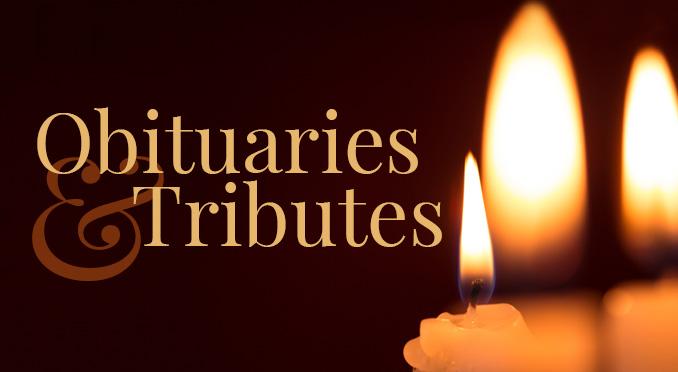
735 East Avenue Hilton | New York, 14468 | Phone: (585) 392-7100 | Fax: (585) 392-4017

CREMATION FOR CATHOLICS
For centuries, the Catholic Church prohibited cremation out of reverence for the body of the deceased.
In 1963, the Vatican formally recognized cremation as an option for Catholics
citing that cremation of the deceased’s body does not affect his or her soul, nor does it prevent God from raising up the deceased’s body to new life.
Catholics believe in the resurrection of the body. Because of Christ, Christian death has a positive meaning. In death, life is changed not ended and when this earthly dwelling turns to dust, an eternal dwelling is made ready in heaven. By death the soul is separated from the body, but in the resurrection
God will give incorruptible life to the body, transformed by reunion with the soul. Just as Jesus body was raised, so too our bodies, in His glory, will be raised. Cremation is acceptable for the Catholic,
provided it isn’t chosen to demonstrate a disbelief in the resurrection of the dead or to deny the sacredness of the human body.
Although the Catholic Church now permits cremation as an option for Catholics,
it’s first preference and recommendation is for burial of the body.
Burial is above all the most fitting way to express faith and hope in the resurrection of the body and to affirm the body’s sacredness. Respect and appreciation for the body should be carried into the funeral rites.
In 2016 the Vatican issued a new document,
“To Rise with Christ”
The document outlines the following requirements for Catholics when cremation has been chosen.
The Physical Body of the Deceased is preferred to be present during the Funeral Mass.
After traditional rites of the service have been performed, cremation is then carried out. There are two reasons for this practice. First, the presence of the body shows reverence and belief in the resurrection of the body and the promise of eternal life and second, it gives the family and friends an opportunity to view the body, and express condolences and to come to terms with the passing of their loved one.
Interment is Required for the cremated remains of the body.
Cremation itself is not a final means of disposition. The cremated remains of a Catholic must be laid to rest in a sacred place, such as traditional in-ground burial in a Catholic or private cemetery or entombment of the cremains in an above ground columbarium niche, crypt or mausoleum. Interment in this manner allows for permanent memorialization of the deceased, as well as providing a place of visitation and prayer for family members and friends ensuring that the departed will not be excluded from the prayers and remembrance of their family or the Christian community. It prevents the faithful from being forgotten or their remains from being shown a lack of respect, which is eventually possible once the immediate generation has also passed away. It also prevents any unfitting or superstitious practices.
Because of the great dignity of the person, and for the reasons stated above, It is Not Permissible to keep a loved ones cremains in an urn or other container in a home.
It is also Not Permissible to Divide a loved ones ashes among several smaller urns or pieces of jewelry, or keepsakes. Some day the owner of such keepsakes will also pass away, leaving the possibility that the cremains could end up forgotten, unattended or discarded.
The Scattering of Cremains, an irreversible process, either over land or a body of water, is Not permitted. Every person needs a place to be able to go to have the opportunity to pray for that family member or friend, a place of remembrance for future generations.
for those whose loved ones
are unable to pay for burial, contact
St. Joseph of Arimathea Crypts
in Rochester’s Holy Sepulchre Cemetery



